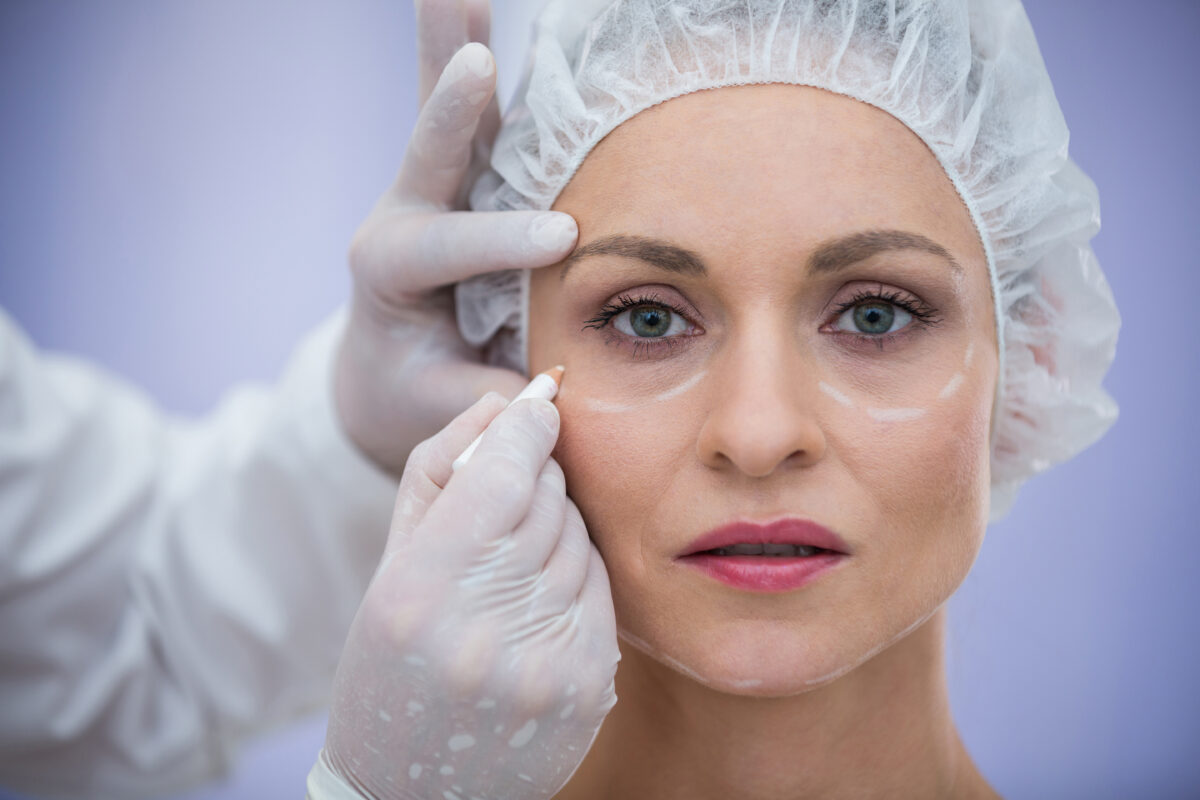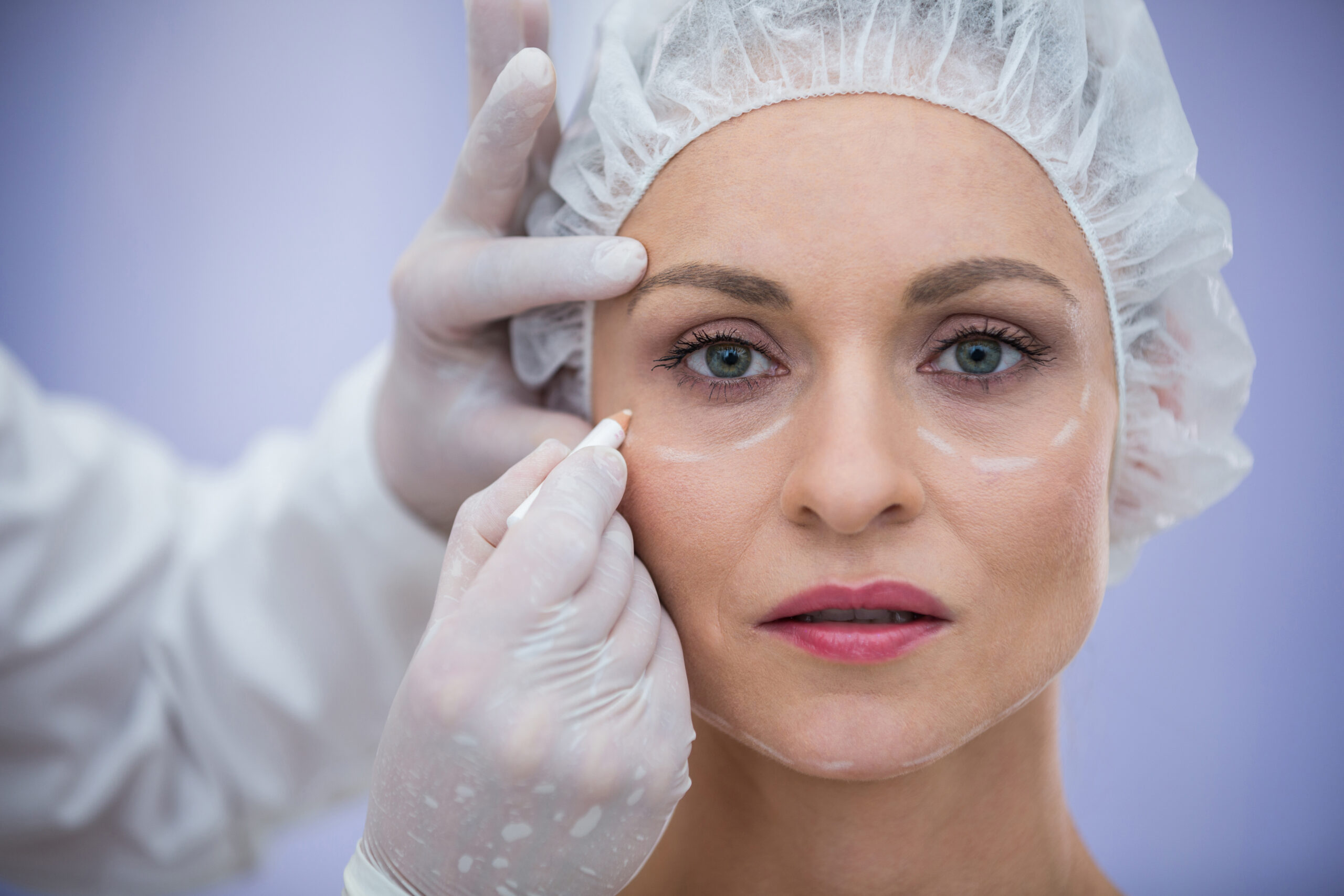Identifying Various Retina Conditions and Their Symptoms
July 10, 2024
Have Any Questions?
Please contact us, if you have any queries
Categories

Retinal conditions are a significant concern as they can lead to vision impairment or blindness if not diagnosed and treated promptly. At Rani Menon Maxivision, we are dedicated to providing our patients with the best care and information about their eye health. This guide will help you understand various retina conditions, their symptoms, and the importance of seeking timely medical attention.
Diabetic Retinopathy
Diabetic retinopathy, a complication of diabetes, affects the blood vessels in the retina and is a leading cause of blindness in adults. In its early stages, it often presents no symptoms, making routine eye exams crucial for early detection. As the condition progresses, symptoms can include blurred or fluctuating vision, dark spots or floaters, difficulty with colour perception, and vision loss. Prevention involves strict control of blood sugar, blood pressure, and cholesterol. Treatment options include laser therapy, intravitreal injections, or surgery to manage the disease and prevent further vision deterioration.
Age-Related Macular Degeneration (AMD)
Age-related macular degeneration (AMD) is a common condition among people aged 50 and older, characterised by the deterioration of the central portion of the retina, known as the macula. Symptoms of dry AMD include a gradual loss of central vision, difficulty recognizing faces, and a need for brighter light when reading. Wet AMD symptoms are more severe and can include rapid loss of central vision, visual distortions where straight lines appear wavy, and dark or empty areas in the centre of vision. Management of dry AMD involves lifestyle changes, dietary supplements, and regular monitoring, while wet AMD is treated with anti-VEGF injections, laser therapy, and photodynamic therapy.
Retinal Detachment
Retinal detachment occurs when the retina separates from its underlying supportive tissue, and it is a medical emergency requiring prompt treatment to prevent permanent vision loss. Symptoms include the sudden appearance of floaters or flashes of light, a shadow or curtain over a portion of the visual field, and sudden, severe vision loss. Management involves surgical options such as pneumatic retinopexy, scleral buckle, and vitrectomy.
Retinitis Pigmentosa
Retinitis pigmentosa (RP) is a group of genetic disorders that cause retinal degeneration, leading to progressive vision loss. Symptoms include night blindness, tunnel vision (loss of peripheral vision), difficulty adjusting to low light levels, and loss of central vision in advanced stages. While RP is currently incurable, management focuses on slowing its progression through the use of vitamin A, protective eyewear, and assistive devices to help maintain quality of life.
Macular Hole
A macular hole is a small break in the macula, the central part of the retina responsible for detailed vision. If left untreated, it can lead to significant central vision loss. Symptoms of a macular hole include blurred or distorted central vision, difficulty reading or recognizing faces, and the presence of a small, dark spot in the central vision. The primary treatment for a macular hole is vitrectomy surgery, during which a gas bubble is placed in the eye to help the hole heal. This procedure can significantly improve vision if performed in a timely manner.
Central Serous Retinopathy (CSR)
Central serous retinopathy (CSR) occurs when fluid builds up under the retina, leading to visual distortion and loss. Symptoms include blurred or dim vision, dark or gray spots in the central vision, and straight lines appearing bent or crooked. While CSR often resolves on its own, persistent cases may require treatment such as laser therapy or medication to manage the condition effectively.
Uveitis
Uveitis is the inflammation of the uvea, the middle layer of the eye, which can impact the retina and lead to various vision problems. Common symptoms of uveitis include eye redness and pain, blurred vision, light sensitivity, and the presence of floaters. The management of uveitis typically involves the use of corticosteroids and immunosuppressive drugs, depending on the underlying cause of the inflammation. These treatments aim to reduce inflammation, control symptoms, and prevent complications.
Retinal Vein Occlusion (RVO)
Overview: RVO occurs when a vein in the retina becomes blocked, leading to swelling and blood leakage.
Symptoms:
- Sudden, painless vision loss
- Blurred vision
- Dark spots in vision
Management:
- Treatment: Anti-VEGF injections, laser therapy, and managing underlying conditions like hypertension and diabetes.
Epiretinal Membrane
An epiretinal membrane is a thin layer of scar tissue that forms on the surface of the retina, often leading to visual disturbances. Symptoms associated with this condition include blurred or distorted vision, difficulty seeing fine details, and visual distortions where straight lines appear wavy. The primary treatment for an epiretinal membrane involves vitrectomy surgery, during which the scar tissue is removed to improve visual clarity and quality. This surgical intervention can significantly enhance vision for those affected by this condition
Importance of Regular Eye Examinations
Regular eye examinations are crucial in detecting retinal conditions early, especially for individuals with risk factors such as diabetes, high blood pressure, or a family history of eye diseases. Early detection and treatment can prevent vision loss and improve quality of life.
At Rani Menon Maxivision, we emphasize the importance of comprehensive eye care. Our experienced ophthalmologists use advanced diagnostic tools to identify and manage retinal conditions effectively. We are committed to providing personalized care and the latest treatment options to ensure the best possible outcomes for our patients.
Why Choose Us?
At Rani Menon Maxivision, we’re fortunate to have a team of highly skilled eye care specialists who specialize in retinal care, dedicated to providing expert treatment for our patients’ eye health needs. Schedule a consultation with us. We use the latest technology and state-of-the-art equipment to ensure precise diagnoses and effective treatments. Our approach centres around the patient, with customized treatment plans designed to meet the unique needs of each individual. From the initial diagnosis through to post-treatment care, we offer a full spectrum of services, ensuring comprehensive and continuous support throughout each patient’s journey.



